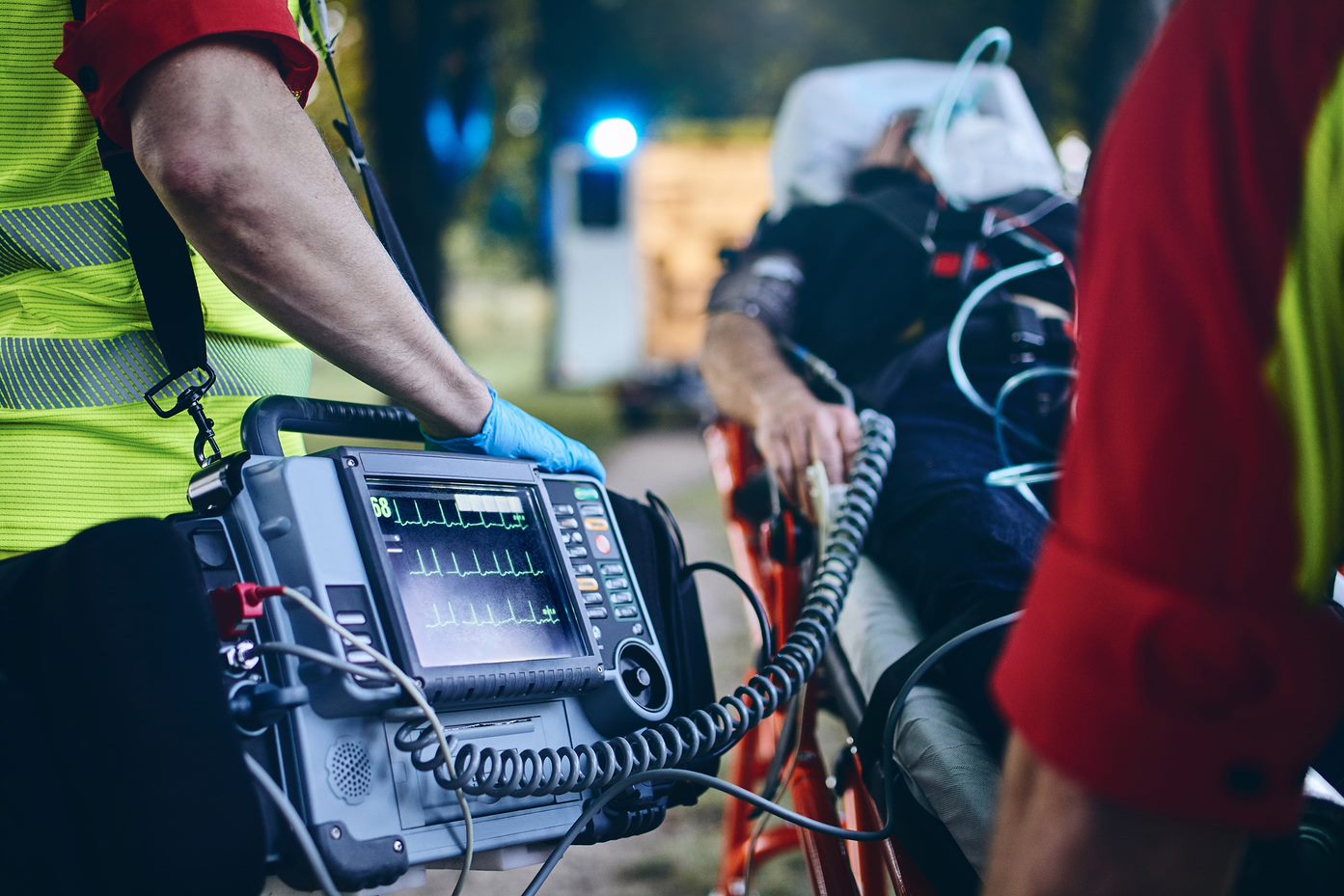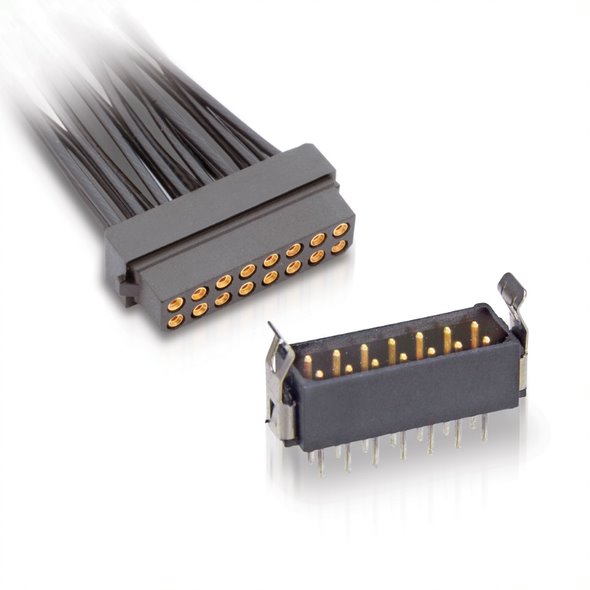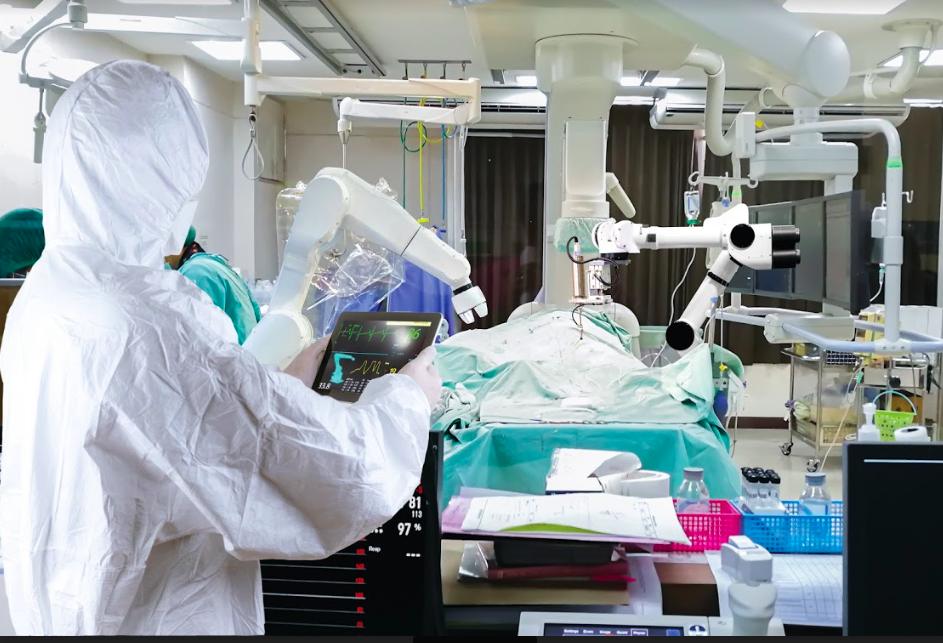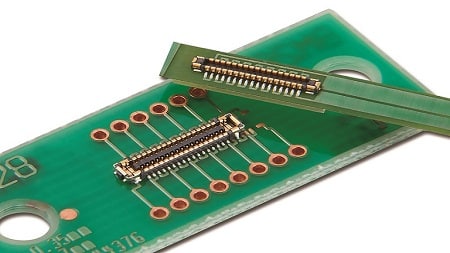These are quite difficult times for the medical sector, which is facing difficulties due to the lack of personnel and resources. Demographic aging in many countries is raising the bar on healthcare systems that are struggling with tight budgets and staff shortages. Added to all this is the global pandemic of COVID-XNUMX, which has added more pressure to staff and medical teams.

The health field has undergone an essential transformation over the past decade since, in order to improve the quality of life at all levels, greater emphasis has been placed on family monitoring of chronic diseases and even on applying treatments domiciliary In addition to making things easier for the patient, this also reduces logistics costs. Among the parameters that are measured at home are blood glucose levels, blood pressure and oxygen saturation, while home treatment today includes even complex processes such as dialysis. However, this adds new challenges in terms of the design of the equipment and the components used, as will be highlighted in the article.
What does this change mean for healthcare providers and equipment manufacturers? The implications are very clear for home monitoring and treatment. In these circumstances, the equipment is no longer handled by professionals with medical training, but rather by people with no prior experience in its use. It is also important to enhance response capacity and shorten reaction times, which is why most of the medical equipment is specially developed for emergency teams, field medical personnel, and first aid. These, in the same way as those intended for domestic use, must be solid, light and resistant.
The trend towards smaller portable equipment will influence the components incorporated into such equipment, such as connectors and their corresponding cabling products. Equipment manufacturers must be able to purchase suitable connectors from suppliers through the support networks established by their distributors. According to a recent study by Verified Market Research, the global market for medical connectors is booming and experiencing double-digit growth, forecast to reach US$280 billion by 2026.
Main goals when choosing medical connectors
Given the critical nature of medical-related applications, long-term interconnect reliability is critical. When the team leaves the stable environment of a health center, it is subjected to greater demands. For example, when an emergency medical team reacts quickly to a life-threatening situation, there is a greater chance that the equipment will be dropped, hit, or jolted. Under these circumstances a higher degree of durability is required to prevent the components from failing and therefore also the equipment, something that would otherwise put the patient at serious risk. The need for it to be portable also means that there are limitations when it comes to size and weight that need to be considered.
Size, weight and power
The more compact nature of portable medical equipment and the need for it to be lightweight can have big implications from an interconnection perspective. To meet size, weight and power requirements, it may be best to opt for connectors capable of providing power and data signals. This type of connectors have special contact pins for each of these functions. This saves space and reduces weight inside the case by removing a second pair of connector capsules. Since the power pins carry high currents and are located close to each other, it is essential that they be encased in an effective insulating material. This prevents flashover problems between the power and signal lines that could damage the accuracy of the data to the continuous power of the device.
electromagnetic interference
All equipment used in health centers, nursing homes and homes must comply with the demanding regulations on electromagnetic compatibility (EMC). Therefore they require some sort of internal shielding so that signals or power going through the connector and cabling will not interfere with the data at any point in the system. Similarly, external interference transmission sources must not be allowed to disturb the signals inside the connector and wiring. A metal shield can be added to the back of the connector, while the wires can be jacketed. The corresponding cabling also requires a mesh cover. Protection against the risk of electrostatic discharge is another aspect to address in order to ensure user safety at all times.
Environmental factors
Equipment intended for emergencies or field personnel is used outdoors and is exposed to all kinds of weather conditions. Airtight sealing of exposed areas can help mitigate potential damage from liquid ingress. Connectors must also offer resilience against high humidity levels and temperature fluctuations.
Connectors are at risk of damage when connecting when medical personnel face urgent problems or family users are inexperienced in using the equipment. A clever connector design helps if it offers some tolerance for incorrect connections, so as to prevent them from being made in the wrong orientation.
Due to the demanding nature of its function, screwing (or another type of locking mechanism) may be advisable to increase the levels of union of the connector. It is preferable to opt for joints that are made quickly and easily since emergency medical personnel are used to moving quickly. In some cases, the so-called backpotting is also opted for, a process consisting of emptying the rear part of the connector at the cable entry and filling it with epoxy resin (which is then hardened). This protects the cables against pulling.
Reliable interconnect engineering
Due to their high mechanical strength and robust form factor, Harwin's ultra-reliable, very high-density connectors are used in a wide variety of medical equipment. Recent projects that have made use of these robust connections include portable ventilators, diagnostic ultrasound systems, electroencephalograms, and numerous patient monitoring systems.

The precision-machined contacts incorporated into Harwin's 2mm pitch Datamate and 1,25mm pitch Gecko series of connectors are highly optimized for medical equipment, especially small portable models. Based on 4-terminal clamp-on designs, these contacts ensure that the integrity of the interconnection is not broken, even when subjected to extreme application conditions. The contacts use high quality copper-beryllium and this allows that in these designs, even if they are exposed to shocks or vibrations, there is always an electrical connection through at least one connection surface. The durability of Harwin connectors also gives a high number of connection cycles (more than 500 for Datamate and more than a thousand for Gecko). High quality liquid crystal filled thermoplastic insulation is used to insulate the contact pins from each other. Flexible Printed Cabling (FPC) and cabling products are also optionally available, and are based on a bonded copper-clad polyamide construction, making them ideal where space is at a premium and the bend radius is more pronounced. than with conventional wiring. Gecko-SL's pre-locking connection fasteners secure each pair together, thus streamlining the connection process by preventing time-consuming connections.
In conclusion, it is essential to choose the appropriate medical connectors for emerging applications that take place outside of the healthcare facility. They must be designed to miniaturize the system as healthcare providers increasingly rely on smaller and more portable equipment. Therefore, these connectors must offer a combination of all of these characteristics: high performance, high density, safe operation and unquestionable reliability.








